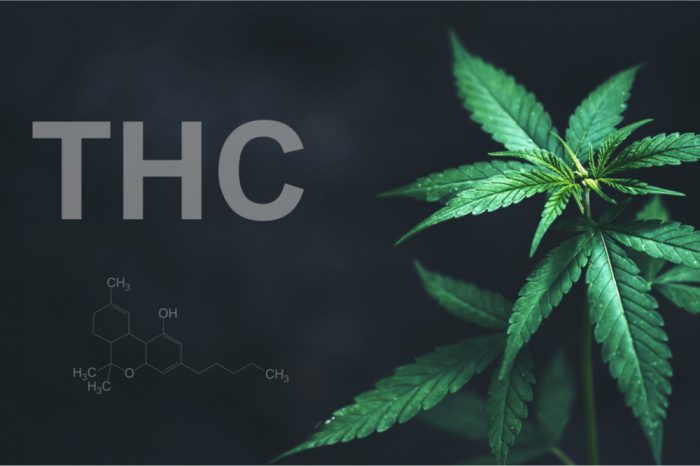Cannabis has over 120 different phytocannabinoids, many of which are the key subjects in medical research.
Delta-9-tetrahydrocannabinol (THC) is the most well-known compound in the cannabis plant, both for its psychotropic effects and for its medicinal uses. THC, however, is but one of over 120 kinds of phytocannabinoids synthesized by the cannabis plant. The other phytocannabinoids have little or no psychotropic effect, but are beneficial for medicinal use.
Of the other phytocannabinoids, cannabidiol (CBD) is one researchers most commonly look at. This is likely because it is abundant in the cannabis plant. It sometimes surpasses the THC. CBD is seeing clinical trials as a treatment for several types of severe pediatric epilepsy. It also demonstrates excellent anxiolytic and neuroprotective effects. This means it could be a potential therapy for anxiety and neurodegenerative diseases like Alzheimer’s. Scientists also study CBD for its anti-inflammatory and analgesic, or painkilling, properties. Human clinical studies show that we tolerate CBD well; and that it is safe. This is yet another reason the research and medical communities are eager to solve its medicinal pathways.
THC’s Precursor is THCa
The precursor to THC, delta-9-tetrahydrocannabinolic acid (THCa), is found in very fresh cannabis plants, as are the other acid forms of the phytocannabinoids. THCa has medicinal properties in its own right, including as an analgesic and for killing cancer cells. It also has, according to preclinical trials, excellent neuroprotective properties and may give some protection to the brain from degenerative disease, such as Parkinson’s and Huntington’s.
Other non-psychoactive cannabinoids scientists are researching include:
- delta-9-tetrahydrocannabivarin (THCV),
- cannabigerol (CBG),
- cannabichromene (CBC),
- cannabidivarin (CBDV),
- cannabinol (CBN).
These compounds act on the body in a variety of mechanisms. And, with a range of therapeutic potentials. These include anti-inflammatory agents, analgesics, and antibiotics.

The large number of pharmacologically active compounds in the cannabis plant has led to the theory of the “entourage effect”, where the many cannabinoids and other types of molecules, mainly terpenes, work together to produce the desired therapeutic benefits. While the mainstream approach to turning cannabis into practical medications will likely involve isolating and purifying particular components of the cannabis plant, the entourage effect suggests that the use of the whole plant is even more beneficial.





